The only residents of Volubilis now are the storks, nesting on ruined columns, and they leave in the summer. But two thousand years ago, this hillside city in north Morocco was an important outpost of the Roman 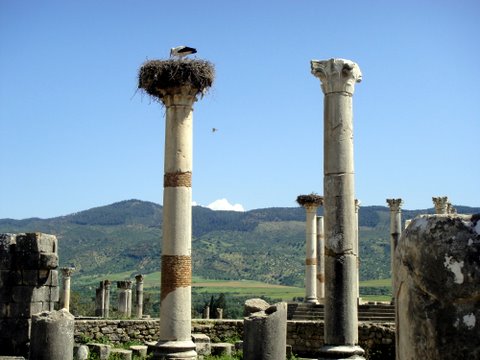 Empire, home to rich patricians. Volubilis, with 20,000 people, was an administrative city that produced grain and olive oil. Even after the Romans left, in the 3rd century C.E., it was occupied for another 1,000 years. But over time, earthquakes and Berber attacks took their toll, and in the 18th century, the sultan Moulay Ismail had hundreds of stones carted away for his immense buildings in Meknes.Volubilis was finally abandoned.
Empire, home to rich patricians. Volubilis, with 20,000 people, was an administrative city that produced grain and olive oil. Even after the Romans left, in the 3rd century C.E., it was occupied for another 1,000 years. But over time, earthquakes and Berber attacks took their toll, and in the 18th century, the sultan Moulay Ismail had hundreds of stones carted away for his immense buildings in Meknes.Volubilis was finally abandoned.
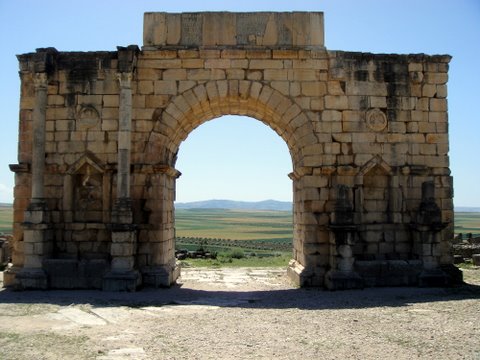
With an excellent guide, we learned about the history of the place and the ruins of public baths, the Triumphal Arch, the oil presses, aqueducts, basilica, numerous houses, even a brothel. However, with a map and a guide book, you can tour the place on your own and get a feel for what Volubilis once was. Walking the ancient streets, with weeds and lichen growing among the stones, you’ll sense what a far-off outpost this was from Imperial Rome, as well as a finely organized, 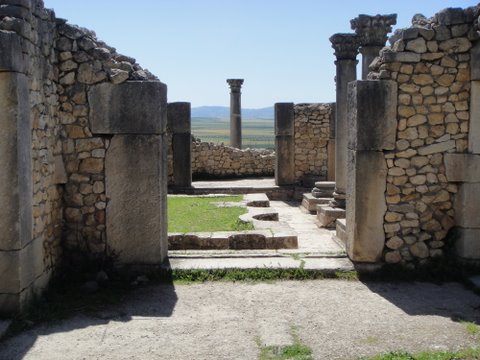
Some of the material excavated, including sculpted bronze heads, is now in the National Archeological Museum in the capital city of Rabat, but the mosaics are still in place, one of the chief attractions. Made from different types of colored tile, glass and stone, they are beautifully designed, depicting animals and mythological scenes. They lie under the open sky, as yet unsheltered, and are remarkably well-preserved.
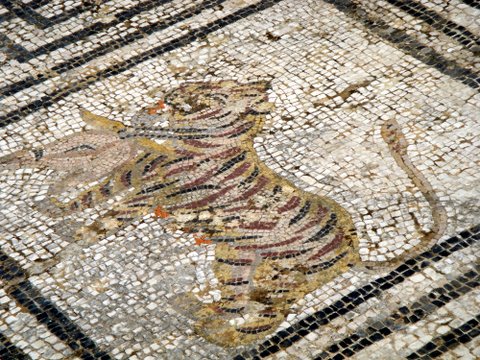
The nearest town to Volubilis is quiet, serene Moulay-Idriss, about 3 miles away, sprawled across a 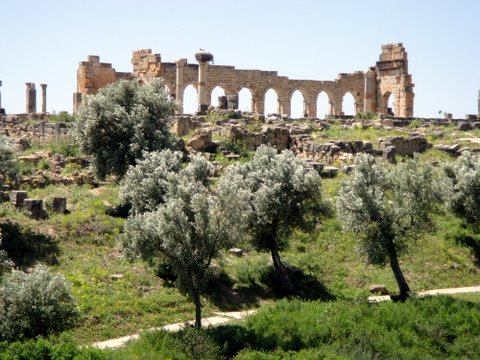


Comments